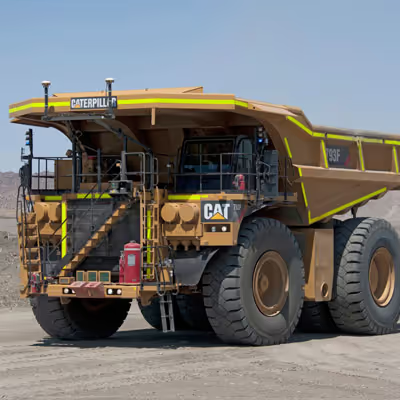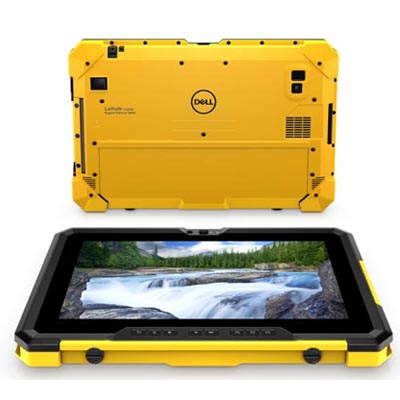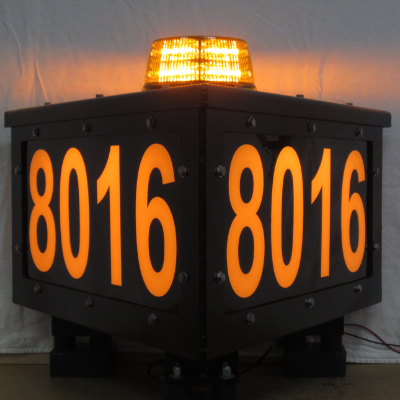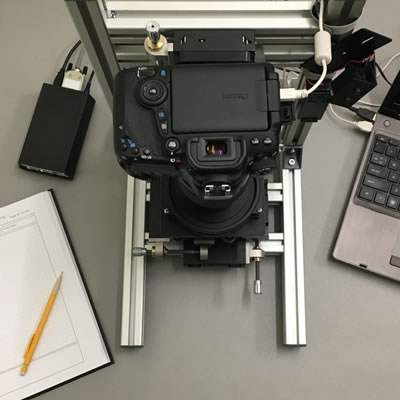Deeper, sturdier and lower impact
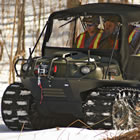
Argo's new amphibious vehicles can operate in extreme conditions. — photo courtesy Argo Growth and global productivity in the mining industry are wha
Argo's new amphibious vehicles can operate in extreme conditions. — photo courtesy Argo
Growth and global productivity in the mining industry are what have fuelled Argo’s development of powerful, sector-specific utility vehicles capable of crossing extreme terrain—a necessity in exploration, site development, personnel transportation and equipment delivery.
“Like sports, mining can sometimes be a game of inches,” said a company representative. “Incremental advances such as being able to drill more—and deeper—test holes, accomplish seamless shift changes and carry more core samples to the test lab can all add up to a financial windfall when exploration and mining companies achieve success.”
Argo has developed a series of amphibious vehicles designed to take mine operators beyond inches and allow travel in remote, wet, forested areas that see temperature extremes.
The Argo Centaur 8x8 DT and the Argo 750 HDi are ideal choices and each is easily fitted with custom mining and exploration accessory packages.
The Centaur has a tough three-cylinder Briggs & Stratton/Daihatsu turbo diesel engine rated at 34 HP and a fuel tank sufficient to support the vehicle running for eight to 10 hours. Each pair of eight wheels is housed in heavy-duty twin tracks for low ground pressure and good flotation—the Centaur can ford streams as deep as 26 inches.
Mallette Drilling in Timmins, Ontario, is one company that uses the Centaur 8x8 DT. Owner Marc Mallette said the Centaur is a great vehicle for the initial setup of an exploration site in a wetland because of its low impact.
“We use our Centaur to carry in fuel drums, core boxes, rods and casing rods,” he said. “The rod rack also comes in very handy for us.”
Gerry Chartier, assistant superintendent for Bradley Drilling, uses the Argo 750 HDi for shift-change operations and to haul small equipment and supplies.
“We have tried many different ATVs and 6x6s, and nothing transports our personnel in and out of swampy areas like an Argo,” said Chartier.
The 750 HDi seats six plus gear and can support 1,000 pounds across small bodies of water or 1,150 pounds on dry land. A 31 HP, fuel-injected Kohler engine powers eight wheels for great traction and a low-impact footprint, and a track kit can be installed for crossing deep snow or reducing the footprint on wetlands.
Argo travels to Chile
Argo is a Canadian company that has diversified to make North America’s mining industry safer, more productive and more efficient from an extreme-terrain-vehicle perspective. Canada’s gross annual revenue for mineral production and related support industries averages in excess of $40 billion per year, and the mining industry in the U.S. directly and indirectly employs about 1.8 million people, while mining contributes four per cent of the gross domestic product.
But the company’s reach isn’t limited to North America. In the southern hemisphere, Centaurs have also made Chilean copper mines more efficient, said Robert Hunter, director of international sales for Argo.
In Santiago, Chile, copper oxide ore heaps are organized into modules and sub-modules lying on impermeable membranes or hard rock, where an acidic solution is poured over the heaps and runoff is collected and treated to produce copper cathodes of 99.999 per cent pure copper.
According to the company, the workers used to have to walk the piles and move the material and dripping hoses by hand because heavy equipment compacted the heaps and prevented the acidic solution from filtering through.
One employee with an assistant can now drive a Centaur to take care of five or six sub-module mounds in the time it took five employees walking.
“The mining company also uses Centaurs to transport employees back and forth to the ore heaps, carry tools, help injured workers, and also to work in the very irregular r.o.m. piles,” said Hunter.
Argo is a Canadian company that has diversified to make North America’s mining industry safer, more productive and more efficient from an extreme-terrain-vehicle perspective. Canada’s gross annual revenue for mineral production and related support industries averages in excess of $40 billion per year, and the mining industry in the U.S. directly and indirectly employs about 1.8 million people, while mining contributes four per cent of the gross domestic product.
But the company’s reach isn’t limited to North America. In the southern hemisphere, Centaurs have also made Chilean copper mines more efficient, said Robert Hunter, director of international sales for Argo.
In Santiago, Chile, copper oxide ore heaps are organized into modules and sub-modules lying on impermeable membranes or hard rock, where an acidic solution is poured over the heaps and runoff is collected and treated to produce copper cathodes of 99.999 per cent pure copper.
According to the company, the workers used to have to walk the piles and move the material and dripping hoses by hand because heavy equipment compacted the heaps and prevented the acidic solution from filtering through.
One employee with an assistant can now drive a Centaur to take care of five or six sub-module mounds in the time it took five employees walking.
“The mining company also uses Centaurs to transport employees back and forth to the ore heaps, carry tools, help injured workers, and also to work in the very irregular r.o.m. piles,” said Hunter.

